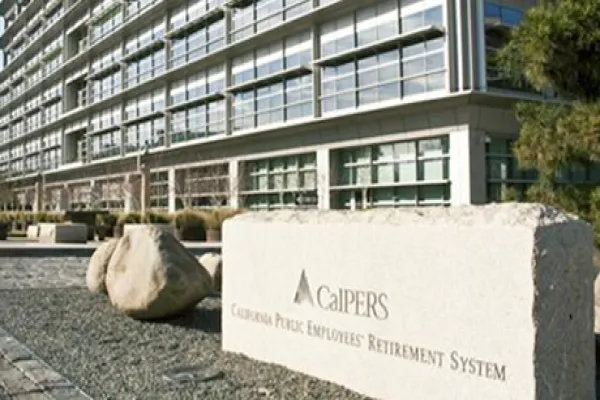Over the weekend, Yale University’s investment office released its annual report, which combined a detailed examination of the endowment’s fiscal year performance with an emphatic defense of active management — and a revealing look at how it negotiates fee payments with managers.
The report blasted critics of high-fee investment options like hedge funds and private equity, arguing that Warren Buffett, Malcolm Gladwell, and other “fee bashers” overemphasized gross fees to the detriment of net returns.
“While investing in a passive index strategy would have resulted in lower fee payments by Yale over the past thirty years, it would have resulted in dramatically lower net returns,” the report stated. “An index approach... would shortchange Yale’s students, faculty, and staff, now and for generations to come.”
Still, while CIO David Swensen and his team are willing to pay for performance, they won’t agree to just any terms. According to the report, the investment office “negotiates fees and terms throughout the endowment portfolio.” The endowment sets performance hurdles for each investment strategy and “structures its partnerships so incentive fees are only paid when external partners outperform their benchmarks on a net basis.”
All domestic equity managers, for example, must beat a set hurdle before they can receive performance fees, and the majority also earn lower management fee rates as firm assets grow. Meanwhile, most foreign equity managers face hurdle rates combined with a “rolling incentive fee structure aligned with an appropriate long-term investment horizon.”
As for hedge funds, Yale said just 5 percent of its absolute return managers still earn the traditional 2-and-20 fee structure. The rest have agreed to “superior” arrangements, including management fees below 2 percent, performance fees under 20 percent, and “hard” hurdle rates.
In real estate, the endowment said it leverages its “favorable position” as a lead investor in the university’s real estate partnerships to negotiate “fair” terms for all limited partners, including annual fees to offset firm overhead, “hard” preferred returns of 5-6 percent, and carried interest of 20 percent.
But in venture capital and leveraged buyouts — where Yale invests almost a third of its portfolio — the investment office admitted to having “limited bargaining power,” as “the overwhelming demand for high-quality managers reduces the ability of limited partners to influence deal terms.”
Even in these asset classes, however, Yale said it negotiates for “fair” terms including fee offsets and clawback protections.
The endowment returned 3.4 percent for the fiscal year, compared with an 11.5 percent return for fiscal 2015. The average college endowment fell 2 percent last year.







